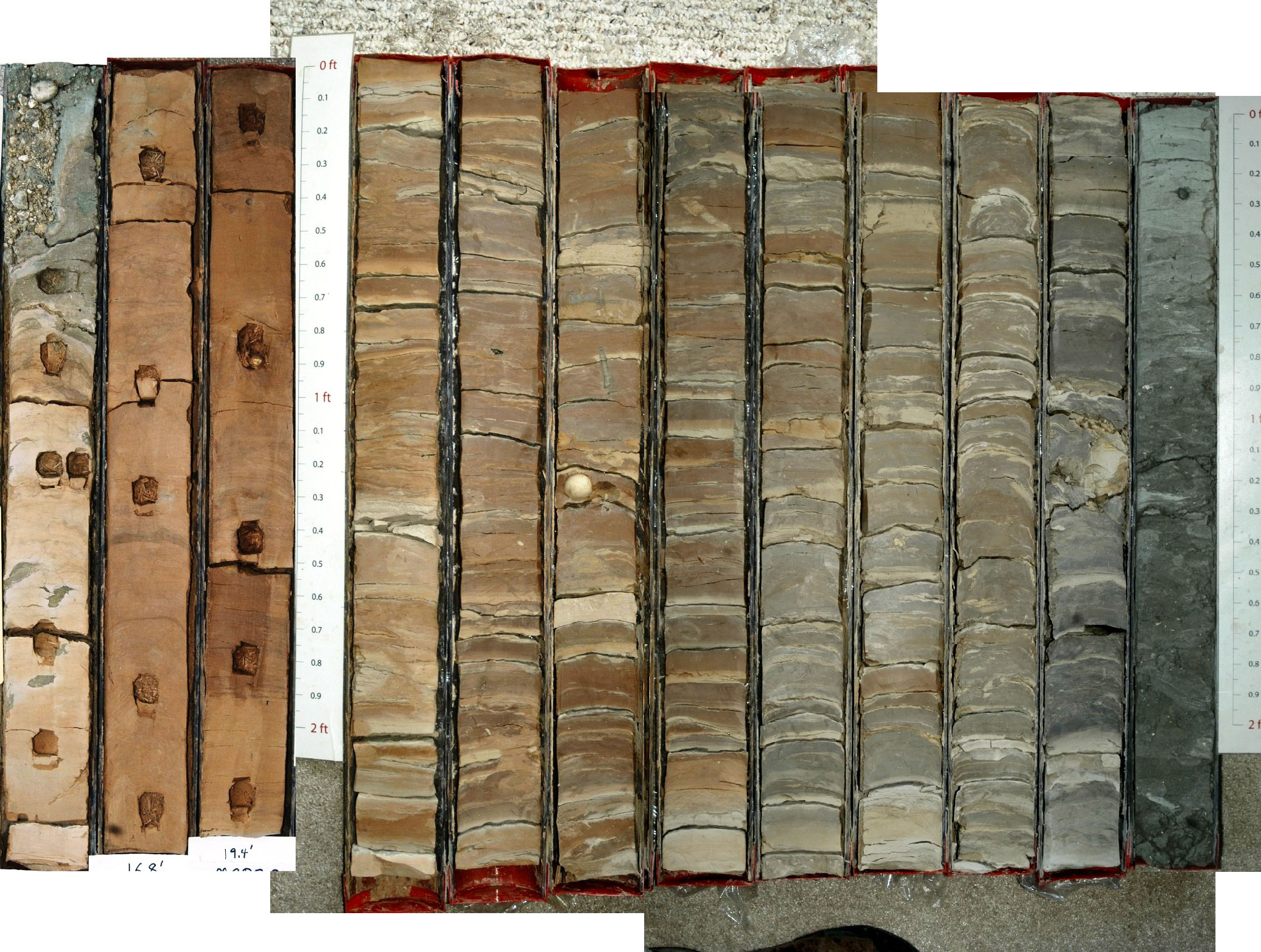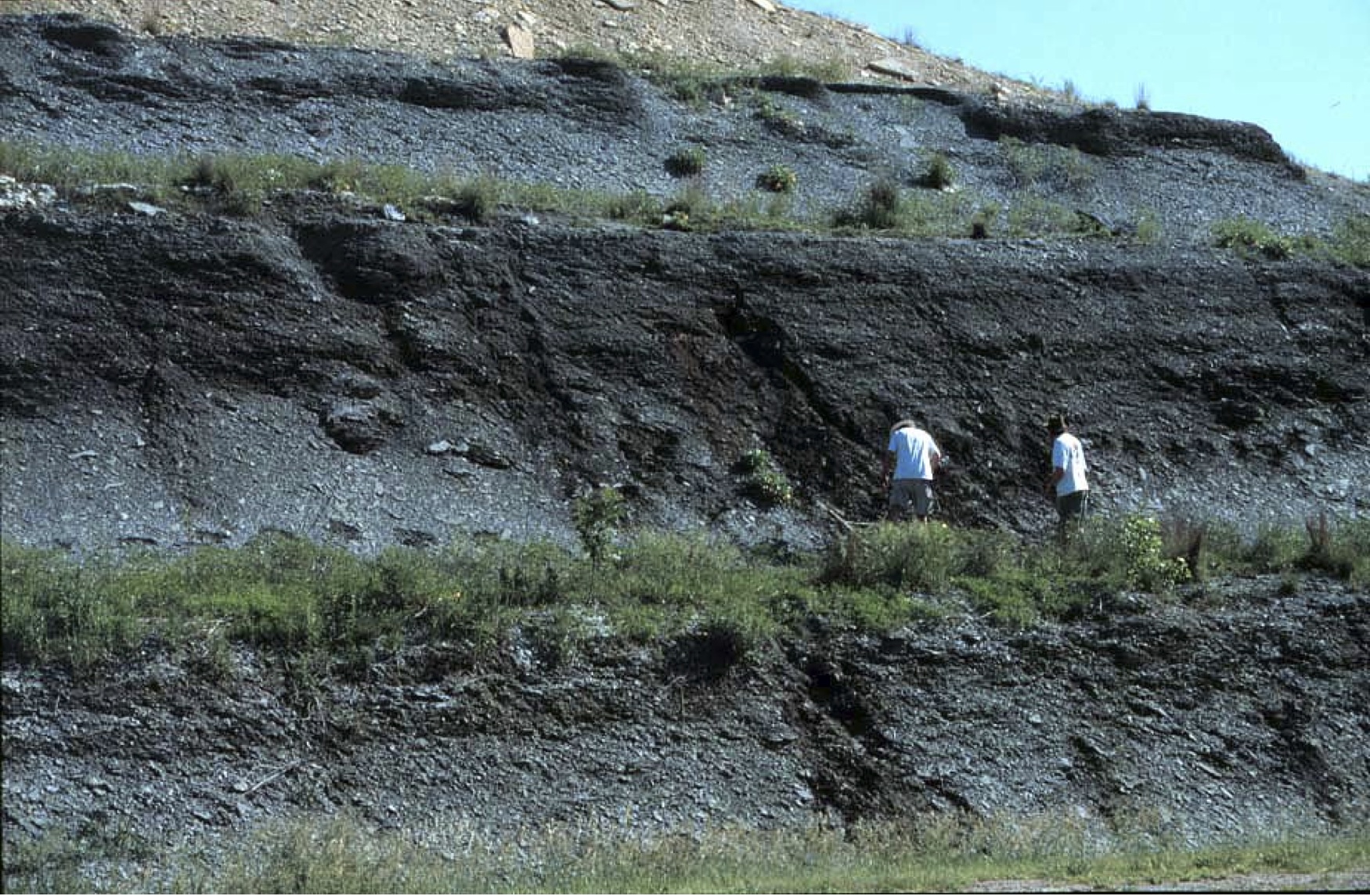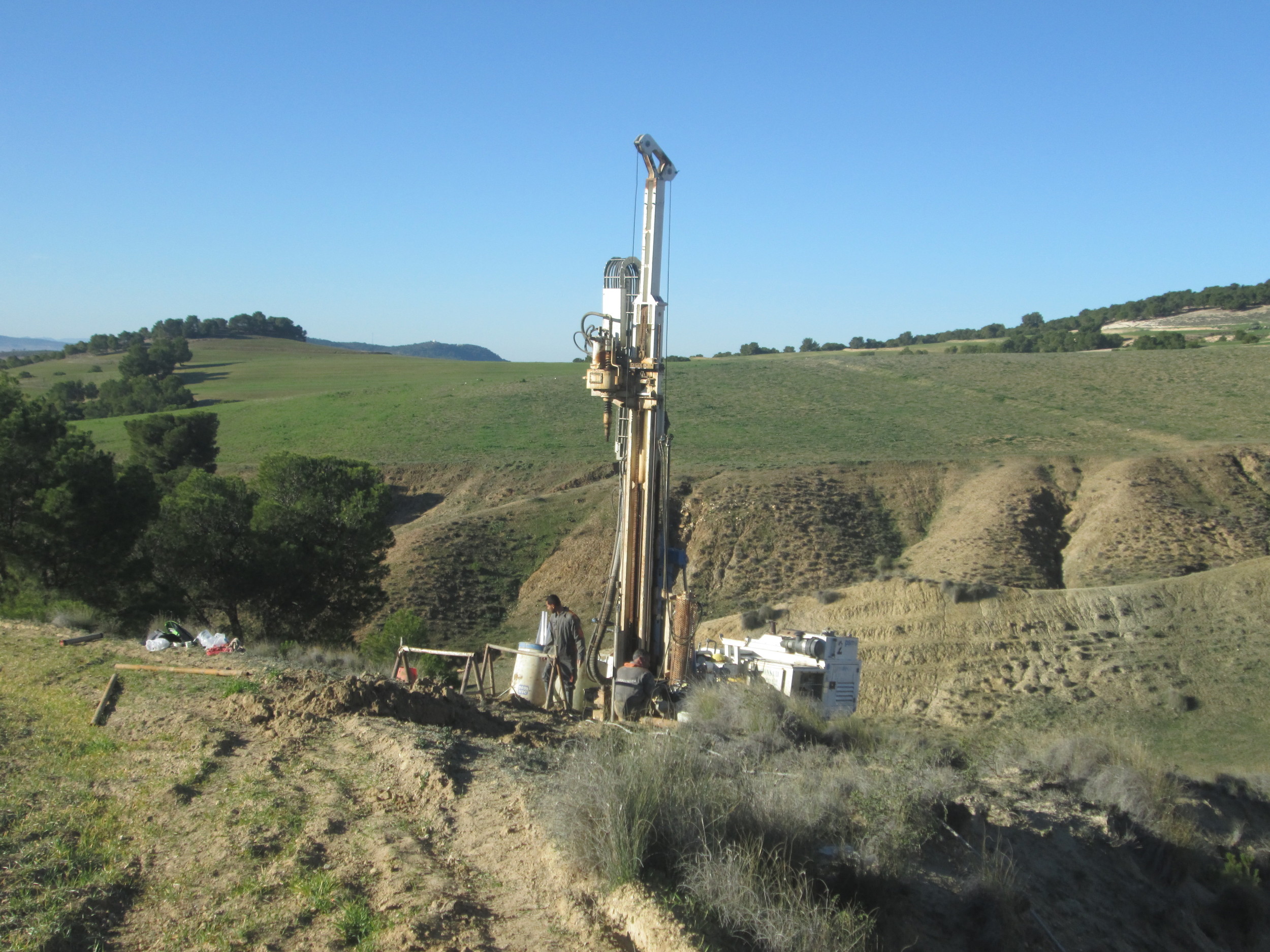RESEARCH
Paleocene-Eocene Thermal Maximum: Abrupt global warming 55 million years ago
The Paleogene is a significant climatic transition from a warm, "greenhouse" Earth to one in which sizeable glaciers advanced on Antarctica. My research program in this area has focused on the long-term climatic change, but more recently on transient warming events that occurred within this transition. The Paleocene-Eocene Thermal Maximum (PETM) event is among the most rapid and transient (~170 thousand year long) warming events known from the geologic record. Thus this is one of the best intervals for geologists to contribute to the understanding of the impacts of present global warming on life. My students and I have been involved in the study of the impact of warming and changing ocean circulation during the PETM on life in the oceans. This work is based on the recovery of unique records from Integrated Ocean Drilling Program sites and more recently in shelf sections from the Atlantic coastal plain.
Studies of Cretaceous black shales
My research addresses determining oceanic primary productivity levels during time periods of black shale accumulation, assessing the spatial and temporal factors that caused organic-rich sediments to accumulate in so-called Oceanic Anoxic Events (OAEs), and providing a time framework for study of some of these OAE intervals. My students and I are involved in studies of changes in biota during a 94 million year OAE at the Cenomanian-Turonian boundary (CTB), a time interval marked by mass extinction, was also characterized by global oxygen deficiency and likely ocean acidification. Thus, the CTB is an excellent ancient model for the impact of anthropogenic activities on marine ecosystems. A superb opportunity to explore the impact of oxygen deficiency and ocean acidification during the CTB is underway in highly expanded sections from the western and southern margins of the Western Interior Seaway. In Utah, sections of the Tropic Shale contain original ammonite aragonite as well as remains of large marine reptiles. Proxy measurements designed to unravel the nature of the environmental changes will be combined with biomarker and paleontological studies to determine the biological impacts on microbes to top carnivores. Modeling will explore the relationship between trophic levels and the nature of the environmental controls, both local and global.
The Cretaceous/Paleogene Boundary
I have been involved in studying the dynamics of the mass extinction event as well as the recovery of nannoplankton in the earliest Paleocene. Ongoing investigations include studying cores recovered from the Chicxulub Crater during IODP Expedition 364 and the Global Stratotype section of the Cretaceous/Paleogene boundary at El Kef in Tunisia. In particular we have recently cored the classic El Kef section which is the global stratotype of the Cretaceous/Paleogene boundary. In the crater we have been involved in determining the recovery of life at “Ground Zero”. At Kef we are determining the detailed recovery in high resolution and the relationship with the recovery of other groups at the base of the food chain. Recent publications include Bralower et al. (EPSL, 2020) and Bralower et al. (2020, AGU Advances).
.







